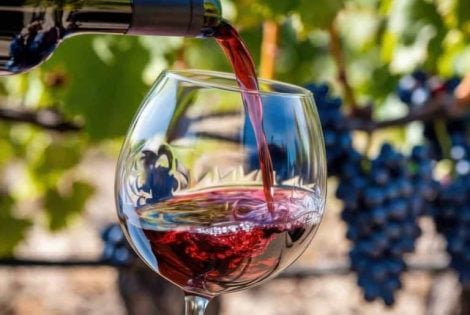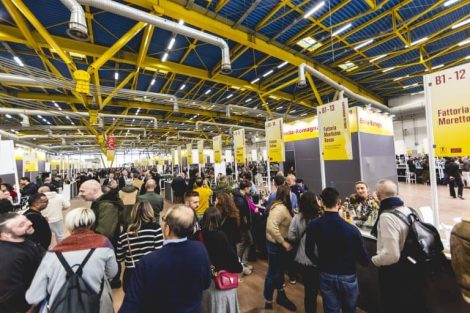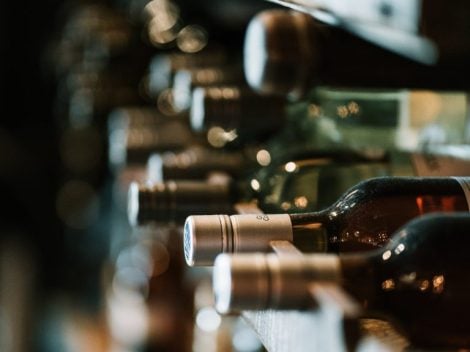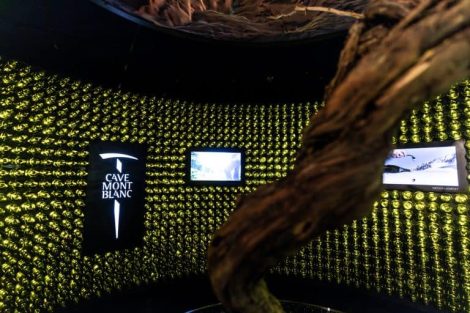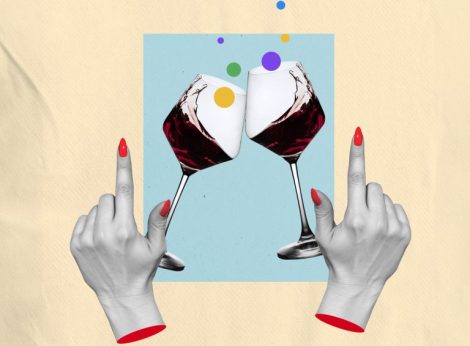We’re not afraid to say it: we spend a considerable amount of our salary on Champagne. We have been doing this for a long time, for 15 years, when we joined the editorial staff as interns. As in all appellations, there are great expressions (even at attractive prices) and disappointing bottles. In the glittering, Instagrammable world of Champagne, lurk less-than-stellar value-for-money ratios, yet criticism is particularly rare. Champagne, just uttering the word is enough to raise serotonin levels in the blood. With the greatest respect for those on the production front, here are five cuvées that did not impress us.
Five Champagnes with bad quality-price ratio
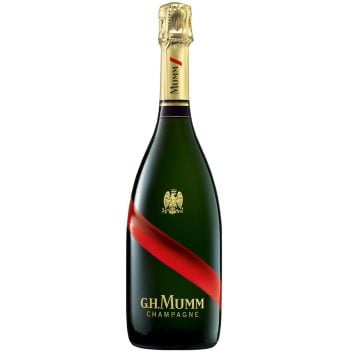
Champagne Cordon Rouge Mumm
35 Euro
We are in the top price bracket of Champagne, which is already too much for us considering what the glass tells us. The bottle that bears the glorious red ribbon since 1876 is the product of 100 crus (even hundreds of kilometres apart) and a minimum of 20 months ageing on the lees. For us, it is a tasteless product with an aggressive perlage: herbaceous notes and small red fruits that travel without destination.
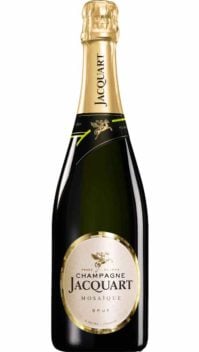
Champagne Brut Mosaïque Jacquart
40 Euro
"The Mosaïque offers an elegant interpretation of our distinctive style, bringing together our uncompromising selections and choices until they become evident," the house notes. We struggle to tune out the obvious. The entry level cuvée, with the three classic grapes and chardonnay holding its own, smells of wisteria and candied citrus, the palate is soft, the sweetness redundant.
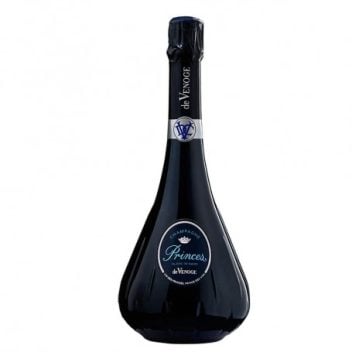
Champagne Princes Blanc de Noirs De Venoge
75 Euro
Stepping back in time, instead of the classic champagnette we have in front of us the cruet designed by Joseph de Venoge in 1864. The pinot noir grapes come from the Montagne de Reims. We go up a level, and a price, with intense notes of small pastries, mountain butter and raspberries. It has a rich, opulent, vinous style. The taste is linear, very soft and not exactly dynamic. It closes on honey.
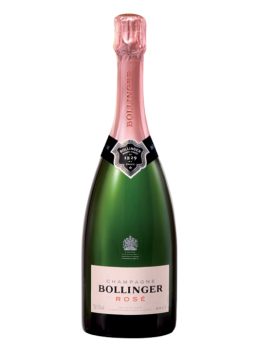
Champagne Rosé Bollinger
85 Euro
It seems impossible, but it is very difficult to find a truly satisfying Rosé in Champagne. So many disappointments both among the Rosé de Saignée and in the blended Rosés, with the addition of red wine as in the case of the glorious Aÿ maison, which in recent years seems to have lost some of its sparkle in its first cuvées. Old rose colour, cherry and liquorice aromas. On the palate it is soft and creamy, spicy, not completely relaxed. Closing slightly bitter-sweet and a little quick for a Champagne in this range.
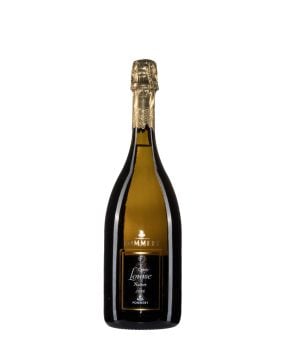
Champagne Cuvée Louise Nature 2006 Pommery
165 Euro
There is also the hand of the vintage, one of the worst of the decade. It comes from Grand Cru grapes, chardonnay (65%) from Avize and Cramant, pinot noir (35%) from Aÿ. Toasted almond and hazelnut aromas, a nice note of yeast and spices. The mouth, emptied by the dosage, is incredibly tenuous: weak centre of mouth and smokey hints take centre stage, together with saffron sensations. The quest for lightness and drinkability, dictated by the market, is not benefiting so many historical cuvées that were appreciated for their depth and completeness.


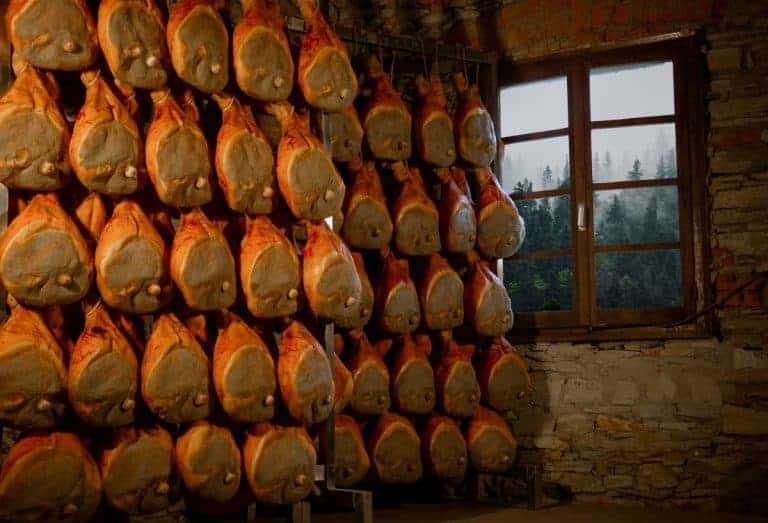 In a former Grand Hotel, some of Italy’s finest cured hams are aged—crafted by a small mountain charcuterie
In a former Grand Hotel, some of Italy’s finest cured hams are aged—crafted by a small mountain charcuterie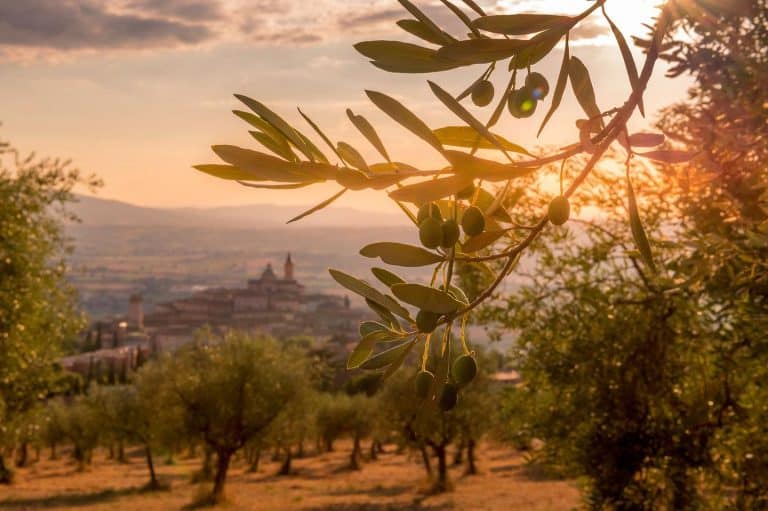 The best extra virgin olive oils in Italy 2025 according to Gambero Rosso
The best extra virgin olive oils in Italy 2025 according to Gambero Rosso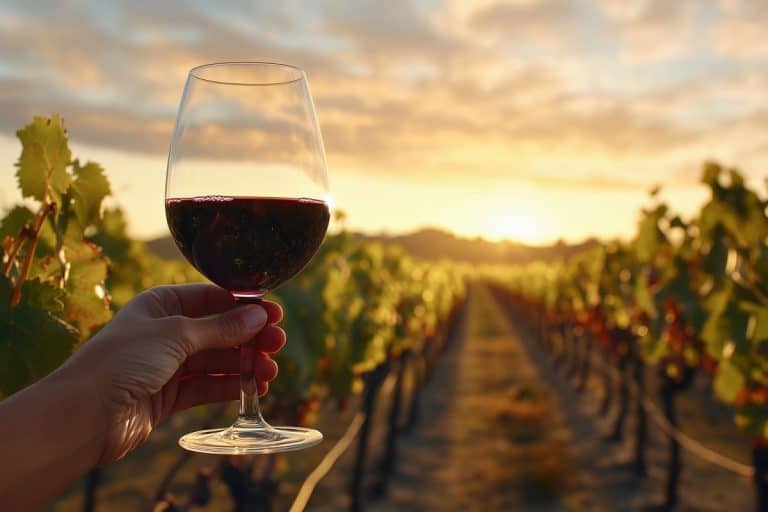 The 14 best Ciliegiolo wines from Umbria and Tuscany chosen by Gambero Rosso (with a new entry in the Tre Bicchieri)
The 14 best Ciliegiolo wines from Umbria and Tuscany chosen by Gambero Rosso (with a new entry in the Tre Bicchieri)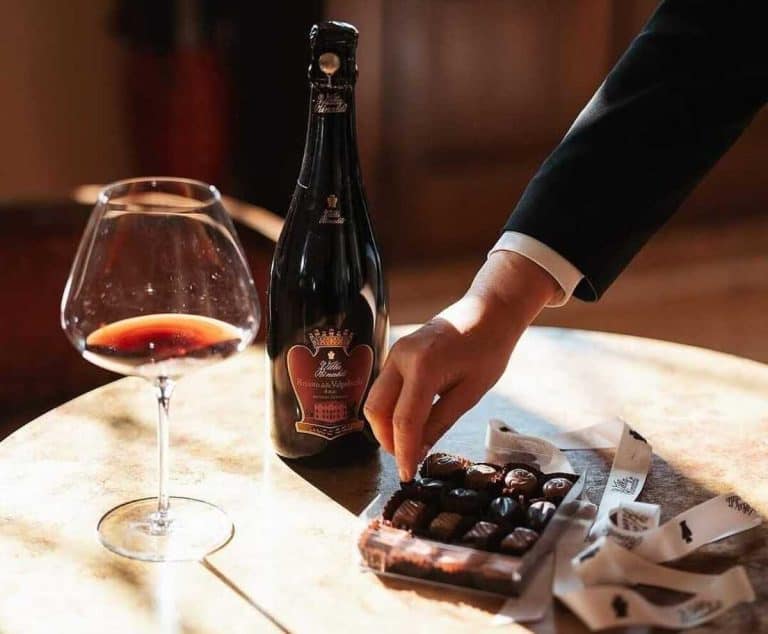 Half Passito, half sparkling: in Valpolicella, There’s a surprising wine produced by just one winery
Half Passito, half sparkling: in Valpolicella, There’s a surprising wine produced by just one winery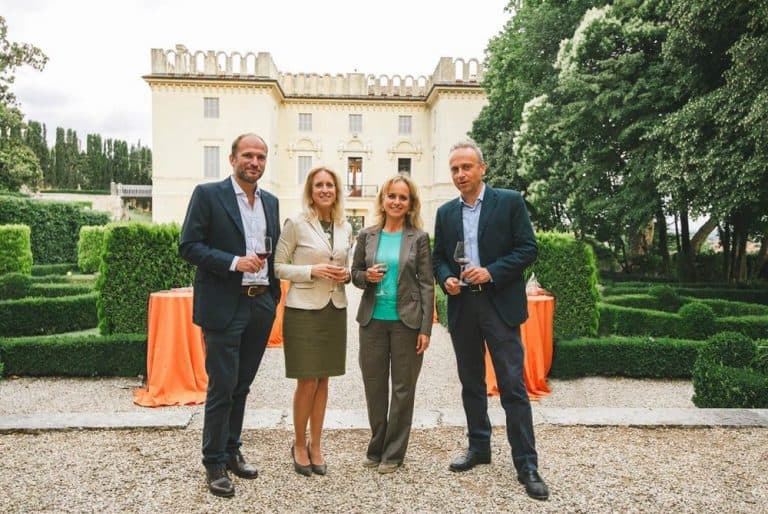 One of the best red wines from Veneto for finesse and value for money is produced by a historic winery. Here’s which one
One of the best red wines from Veneto for finesse and value for money is produced by a historic winery. Here’s which one
